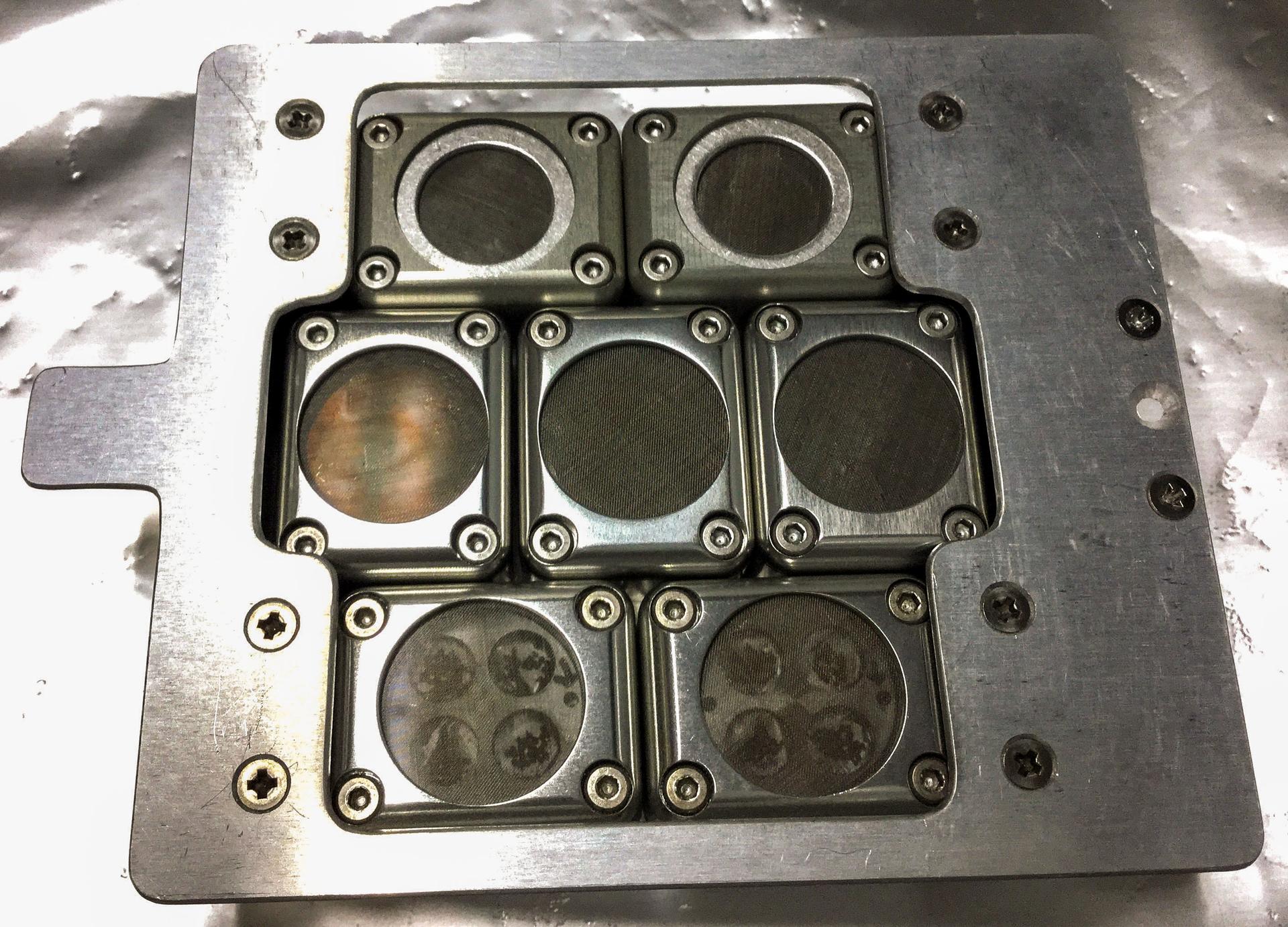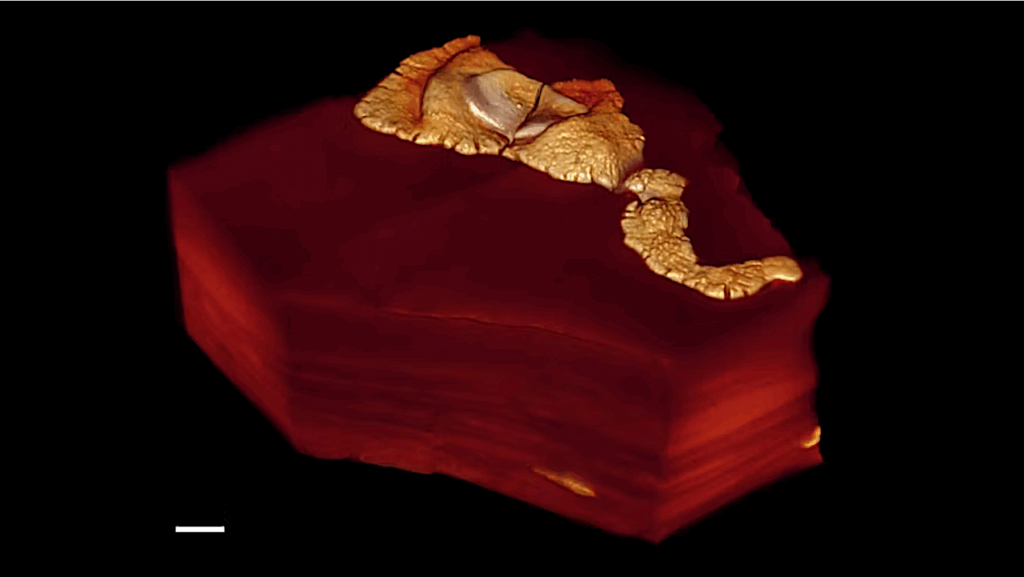Tanpopo Astrobiology Space Exposure Experiment On ISS

Tanpopo is a Japanese astrobiological space exposure experiment on ISS. There are 7 small cells containing microorganisms, mosses, and organic compounds which will study their stability and alterations. Photo courtesy of the Tanpopo-5 Team.
sc2022e068259 (2/4/2022) – larger image
The Tanpopo experiment was the first Japanese astrobiology mission on board the Japanese Experiment Module Exposed Facility on the International Space Station (ISS). The experiments were designed to address two important astrobiological topics, panspermia and the chemical evolution process toward the generation of life. These experiments also tested low-density aerogel and monitored the microdebris environment around low Earth orbit. The following six subthemes were identified to address these goals: (1) Capture of microbes in space: Estimation of the upper limit of microbe density in low Earth orbit; (2) Exposure of microbes in space: Estimation of the survival time course of microbes in the space environment; (3) Capture of cosmic dust on the ISS and analysis of organics: Detection of the possible presence of organic compounds in cosmic dust; (4) Alteration of organic compounds in space environments: Evaluation of decomposition time courses of organic compounds in space; (5) Space verification of the Tanpopo hyper-low-density aerogel: Durability and particle-capturing capability of aerogel; (6) Monitoring of the number of space debris: Time-dependent change in space debris environment. Subthemes 1 and 2 address the panspermia hypothesis, whereas 3 and 4 address the chemical evolution. The last two subthemes contribute to space technology development. Some of the results have been published previously or are included in this issue. This article summarizes the current status of the Tanpopo experiments.
Astrobiology








